In the words of Bruce Springsteen, and later, Manfred Mann’s Earth Band: “Mama always told me not to look in the eyes of the sun. But Mama, that’s where the fun is…”
This is the second installment on how shooting into the sun can bring some dramatic results to your garden photography. The previous post covered foliage effects; this one is all about the flowers.
I shoot with a basic Nikon D50 with an 18-55mm kit lens. I’m embarrassed to say I always set it to “Program,” which is one step above “Auto.” Someday I’ll read my manual and learn how to get the most out of my camera. But I’m pretty happy with my results so far.
For example:
This golden-leaved bleeding heart (Lamprocapnos spectabilis ‘Gold Heart’) is striking enough with the evening sun at my back,
but when I went around to the other side, the pink flowers glowed like they were plugged in to an outlet.
Mourning widow geranium (Geranium phaeum) looks as somber as its common name with the sun behind me,
but when the sun is allowed to pass through its petals, its purple-black flowers become more of a rosy purple and its attitude got much more chipper. Note, too, all the soft hairs along the stems that are brought into relief.
Purpleleaf plums (Prunus cerasifera cvs.) bring a freshness to the early spring landscape with their soft pink blossoms,
but when the sun illuminates the branches from above, the flowers positively sparkle. The newly emerging red leaves take on a glow that adds another layer of interest.
Azalea and rhododendron flowers can look washed out when viewed in strong, direct light.
In this light, one flower makes shadow puppets on another.
Who doesn’t love barrenworts, like this Epimedium ×perralchicum ‘Frohnleiten’ for that dry shady place? When the sun reaches the plants through the bare branches of the tree above, a pretty picture is revealed.
Get down low and check out the sunny yellow petals and the reddish leaves with some backlighting, and the colors seem richer and the details more intricate.
Tulips are quite photogenic,
but like people, they have a “good side” and a “bad side,” too!
You’ll do a lot of squinting when shooting with the sun in your eyes. You’ll have to hold up your hand to block the most direct rays–both to protect your eyes and for the quality of the picture. If you don’t do this, the photo will likely have a haze over part or all of it.
Here I held up my hand to block the glare, and this tree peony (Paeonia suffruticosa) can now be admired without that distracting white film.
Daffodils are always willing subjects for photographers. You might shoot them head-on for a lovely, simple picture,
or backlit, to showcase the translucency of the petals.
I must say, I fail see the appeal of Loropetalum chinense, with its rather ragged-looking flowers.
Though when illuminated by the sun, I have second thoughts.
Get ready for the colchicum foliage in the top right corner to help out these grape hyacinths (Muscari armeniacum)
in becoming an even prettier picture. Again with the shadow puppets!
Red-flowering currant (Ribes sanguineum) has sweet little pink flowers
that benefit from thoughtful backlighting. Keep this in mind when siting plants around your house. Take advantage of the natural spotlight the sun provides during different times of the day.
Cherrylaurel (Prunus laurocerasus ‘Otto Luyken’) even flowering heavily is still a ho-hum sort of plant,
until the late afternoon sun turns it into thousands of glow sticks.
What plants do you like to see in the spotlight of the sun?


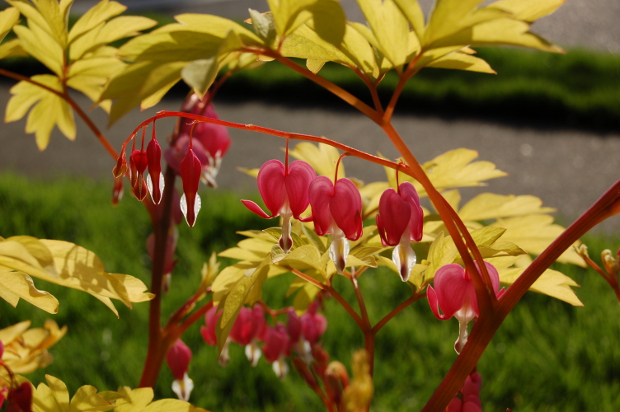

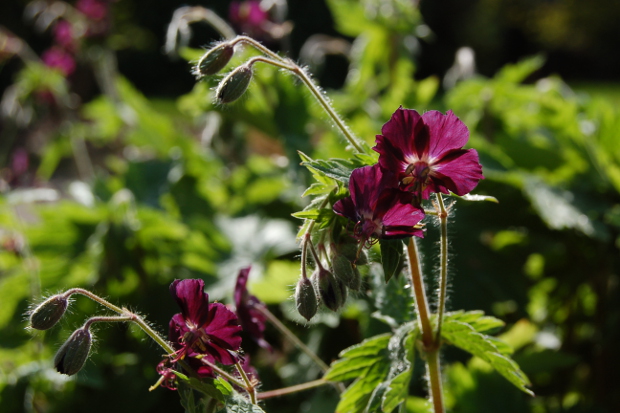


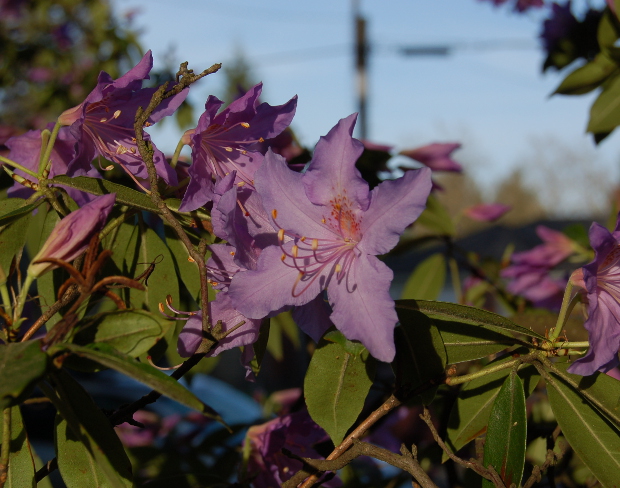
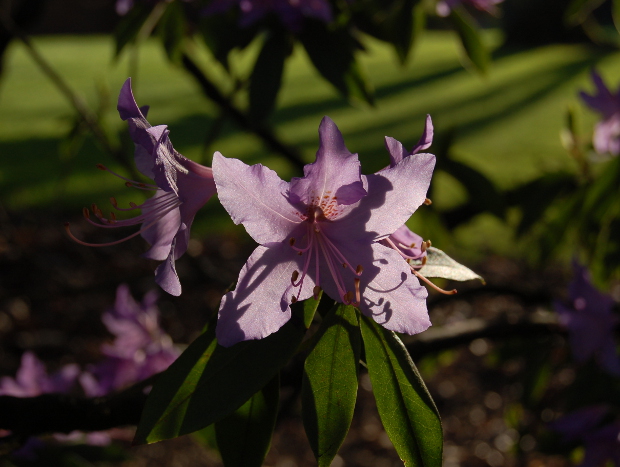

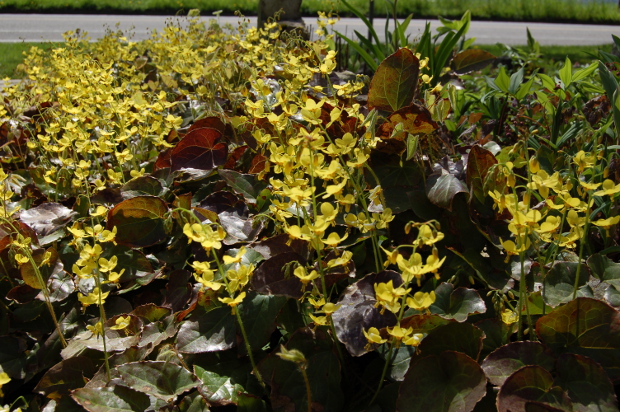

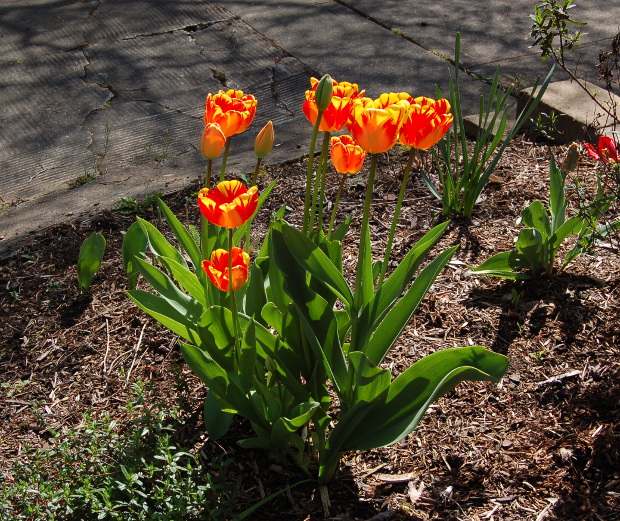

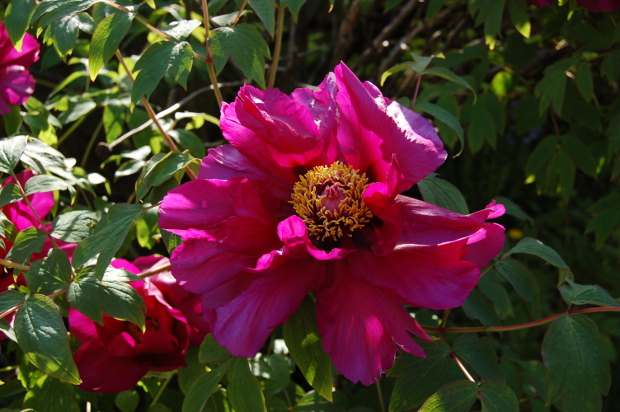
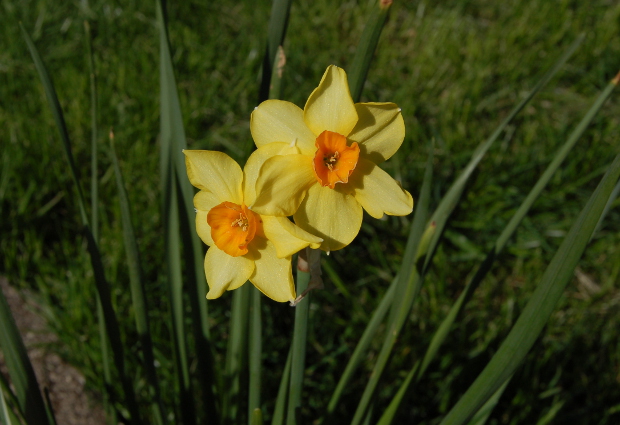

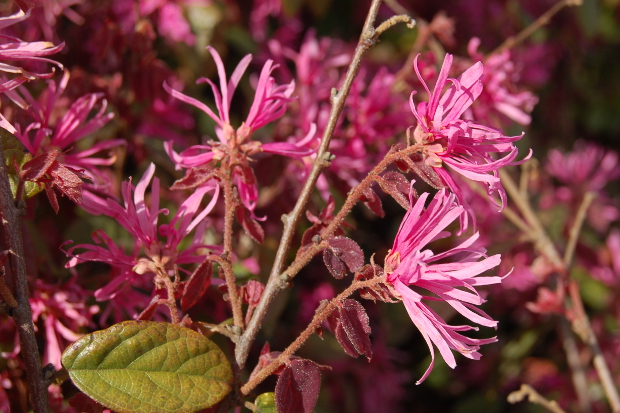
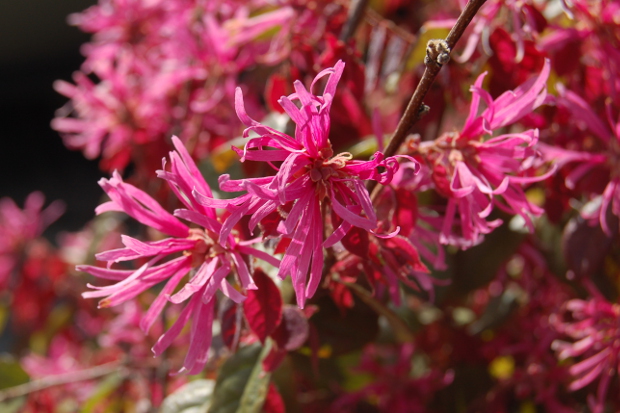

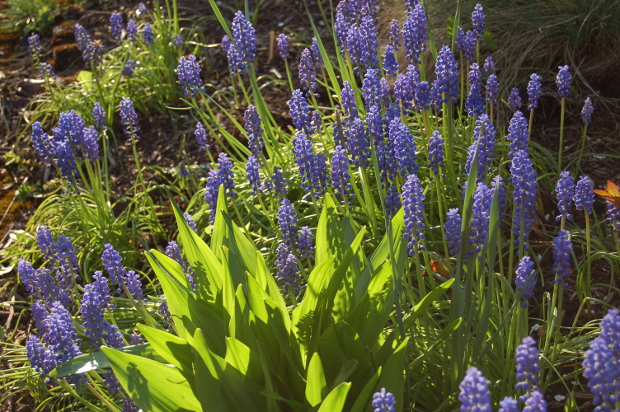
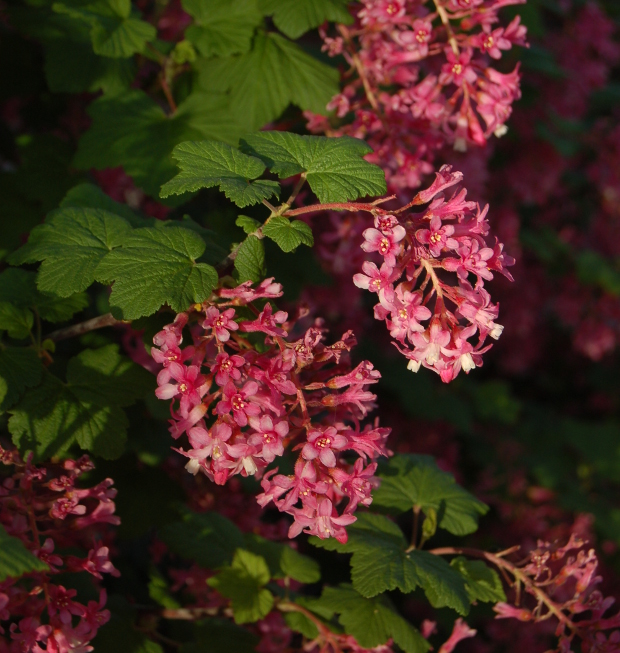
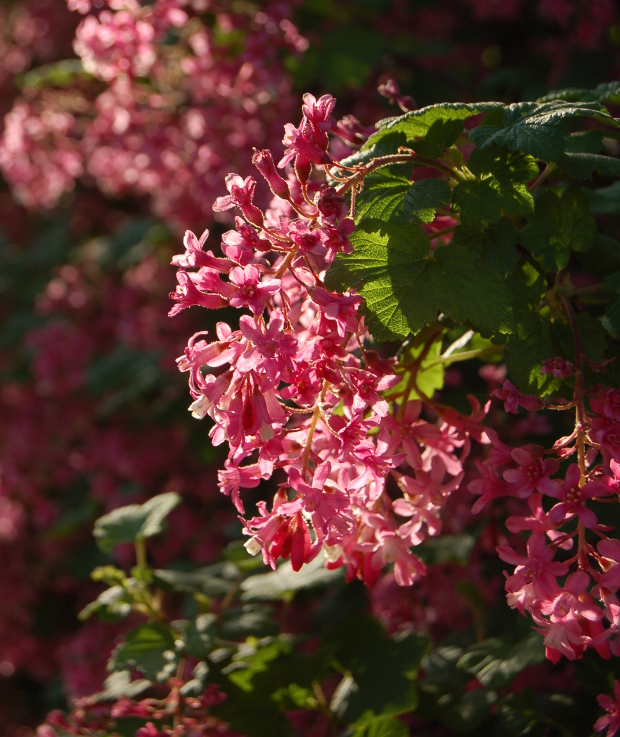

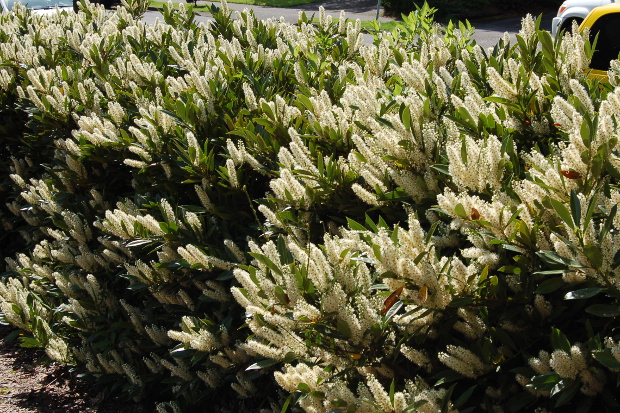

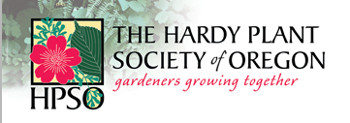






















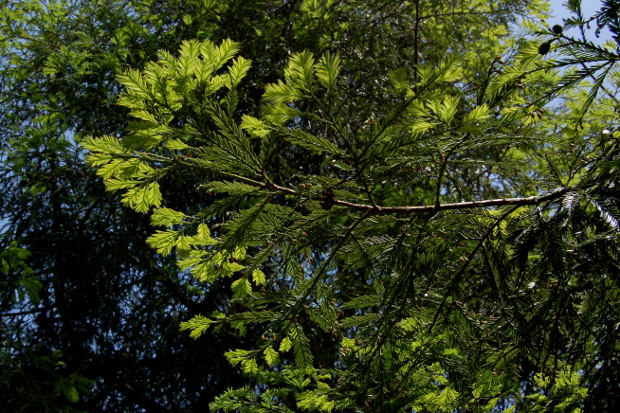


If you ever get around to reading that manual you’re going to be downright dangerous.
Aw shucks, you are too kind. Really though, I probably should read the manual.
Thank you for sharing so many beautiful photographs of your flower. I think your camera is probably underexposing the pictures when you photograph with the sun behind you, not sure why. You might like using + exposure compensation function of your camera to correct it. Try +1/2 or plus 1 and see if the colours look better then.
Indeed your pictures shot against the sun look usually so much better. Definitely you lighting and shooting angle is adding to the beauty of the flowers you photograph.
You might like to use white reflector to fill in some shadows if the pictures look sometimes too contrasty.
I have to try to take more pictures against the sun as you do. This kind of light can certainly add some nice pop can colour, as is so well presented in your article. Thank you very much for your advice.